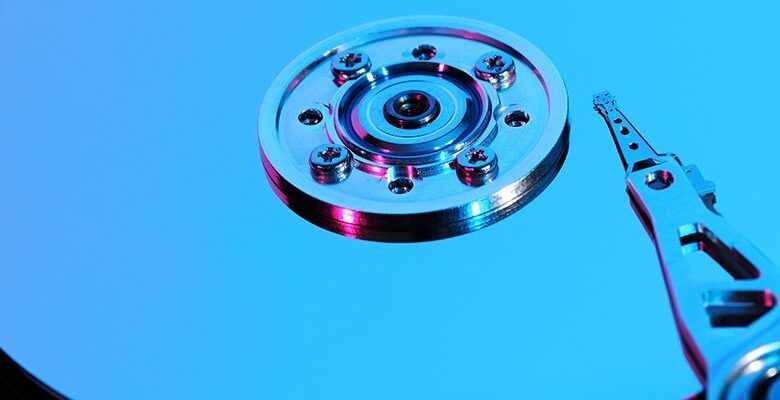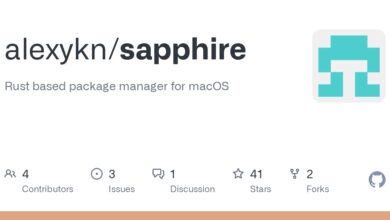Podcast: Areal density, AI design and the 50TB hard drive

We talk to Seagate about hard disk drives, the use of artificial intelligence to design them with higher areal density, more terabytes per platter, and capacities up to 50TB, especially with HAMR recording
In this podcast, Antony Adshead is joined by Jason Feist, senior vice-president for marketing in products and markets at Seagate, to look at how spinning disk can get to 40TB and 50TB.
We talk about hard disk drive technologies such as heat-assisted magnetic recording (HAMR) that can boost areal density and pack more data onto disk platters.
Feist also talks about the future of hard disk drives (HDDs) and the use cases suited to them.
So, we’ve reached the low to mid-20s in terabyte (TB) terms in hard disk drives. How are HDD makers going to push capacity beyond what we’ve got today?
Great question. Thanks for the time this morning. It’s just an amazing time to be part of the hard drive industry. It’s transformative, it’s disruptive, and with all of the markets starting to rebound, it’s a great time to innovate and provide the ability to have data storage devices at scale.
The innovations that are underway right now are driven by a lot of contributions across many different disciplines. We have great engineers working in our supply chain to allow us to have mechanical innovations, to have recording physics innovations with magnetic recording, and to put more information on every disk inside a hard drive.
And we have amazing wafer and media metrology underway to continue to improve our process control, our repeatability and our ability to extract more areal density out of every drive. Areal density is really what’s at the forefront of development for hard drives.
It has been for years and will continue to be for years to come, and there’s a number of new techniques and new processes that we have access to, with technologies that are now becoming more readily available.
[These include] better simulation, more use of GPUs [graphics processing units] to do things with artificial intelligence [AI] to allow us to find design spaces that we didn’t have access to before with speed, and all that creates a recipe that our engineers are taking advantage of and allowing us to bring larger and larger capacity drives to our customers.Given those innovations and abilities to research in new ways, what capacities can we expect in the next five years and what innovations in particular are going to drive those?
Well, it’s been an exciting year. We’ve seen the hard drive industry bring forth 28TB hard drives and we’ve seen Seagate deliver 3TB per platter samples to the industry. That’s something I am very proud of, and I think as an industry we’ll continue to drive that areal density in that terabyte per disk increase. We’ll see delivery of 4TB per disk and 5TB per disk in the not too distant future.
All of that served on a 10-disk hard disk drive itself, so delivering 40TB and 50TB disk drives in the near future. Really, really exciting. The basis for those capacity increases are really driven by heat-assisted magnetic recording (HAMR) innovation.
It’s been a significant area of focus, research, investment and development over the last 15 to 20 years. Just as perpendicular recording had served the hard drive industry for the last 20 years, we believe that HAMR will serve the industry for years to come. So, very, very exciting.
All of this really comes at the right time, in the sense that cloud storage demand is growing and the use of cloud continues to grow. So, the demand curve really helps us continue to stay focused on that innovation and make sure we’re delivering larger hard drives to meet that use case.
How long should we expect spinning disk hard drives to be around for and what workloads are going to be most appropriate for them in the coming five to 10 years? I guess also the question there is, what’s the limitation on capacity expansion?
This is a question that we get asked routinely. It’s one that we have a lot of fun answering in the sense that we work very closely with the largest customers in the world and we have a diverse set of customers.
We have large cloud companies, large enterprise companies. We have a consumer business. We have a video and information and analytics business. All of these routes to market are slightly different and they all have the need for increasing data storage.
It’s exciting and the new use cases that you hear a lot about, such as AI, are adding fuel to that fire. It’s exciting. It shows the importance and the relevance of data on making decisions and creating a society that’s informed and has data at their fingertips. So, with that, hard drives are going to be here for many, many years to come.
The innovation is underway now and you’re going to see a significant transformation in how large capacity drives are used and how clouds take advantage of those economies of scale.
You can see new businesses depending on hard drives for their ecosystem development. [This includes] ad spending, social media companies and the growth of video are all very well suited to what hard drives provide: very large capacity, sustained data rate transfers, efficient sustainable storage architectures, scalable architectures that allow us to have presence in multiple geographies around the globe.
[And] there are new use cases with all of these video applications for prosumers and content creators, which are now taking advantage of tools with generative AI to do text-to-video and creating larger, richer content at a higher rate.All those things are good for data storage and HDDs have been, and continue to be, the backbone of data storage needs at exabyte scale.











